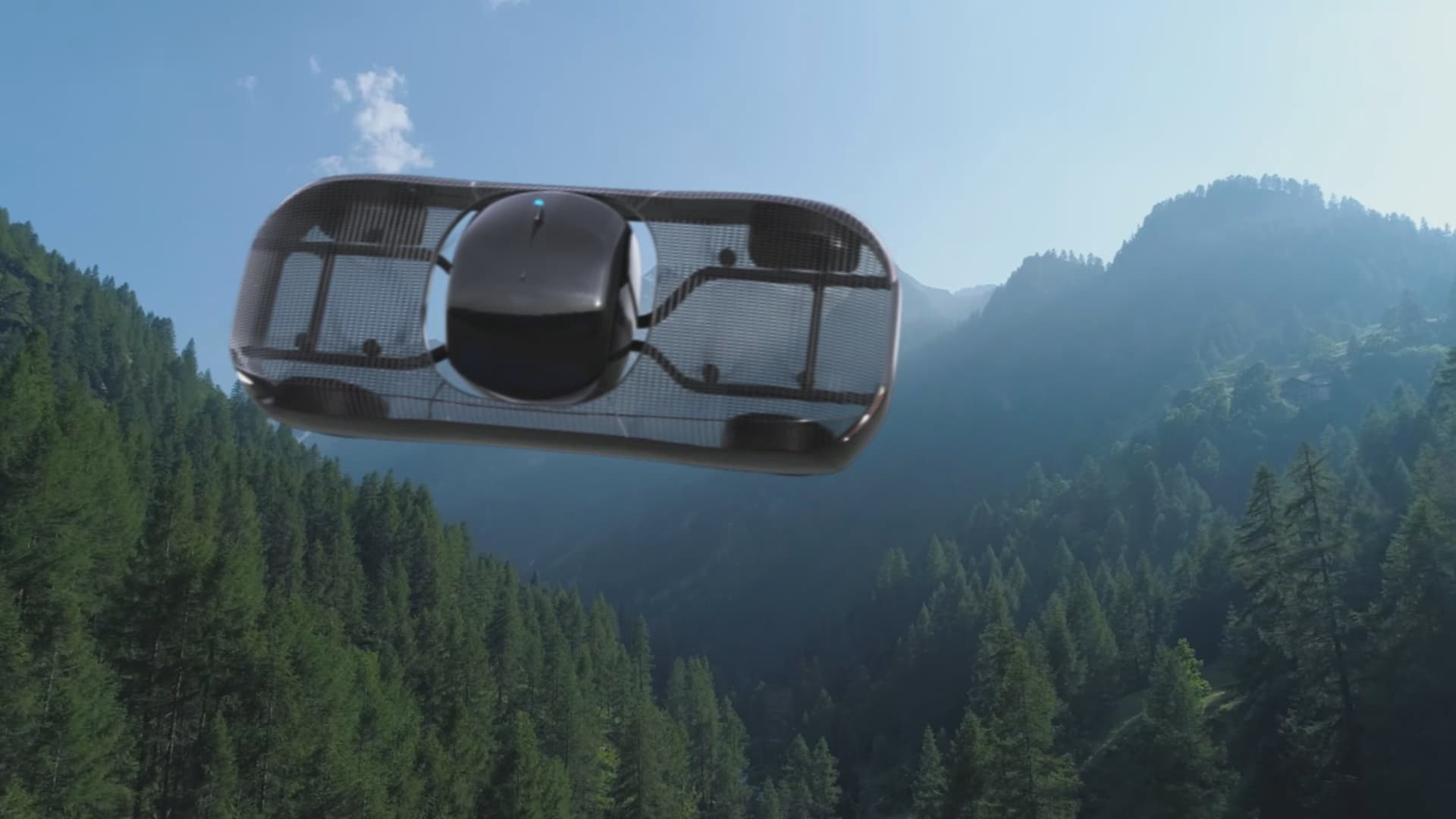Prepare yourself for a future where soaring through the skies in an electric vehicle becomes a part of your everyday routine. The world of electric vertical take-off and landing (eVTOL) vehicles, more commonly known as flying cars or air taxis, is rapidly expanding, and numerous companies globally are racing to revolutionize transportation.
The Promise of eVTOLs
eVTOL aircraft are a game-changer in the aviation industry. They combine the efficiency of electric propulsion with the versatility of vertical take-off and landing, enabling them to operate in both urban and rural areas.
The potential of the eVTOL market is vast. According to JPMorgan, it could reach a staggering trillion by 2040. This has sparked a fierce competition among companies vying for a slice of this lucrative pie.
Common eVTOL Designs
There are numerous eVTOL designs being explored, each with its unique set of advantages and limitations.
- Multicopter: Utilizes multiple propellers for efficient take-off, landing, and hovering. However, they struggle with long-distance travel due to the lack of wings.
- Lift & Cruise: Combines multicopter technology with aircraft-like wings for longer distance capabilities. However, transitioning between the two modes can result in noise.
- Tiltrotor: Rotors mounted on wings that can tilt up and down, providing vertical take-off and improved efficiency for longer distances.
- Ducted Vectored Thrust: Uses multiple electrically controlled fans for upward propulsion, resulting in quiet operation and efficient long-distance flight, but with higher power consumption.
These designs represent the ongoing evolution of eVTOL technology, as companies strive to create aircraft that meet the varying needs of different applications.
Navigating Regulations
As with all aircraft, eVTOLs must adhere to strict regulations to ensure safety and airworthiness. Aviation regulators worldwide, such as the European Union Aviation Safety Agency, the Federal Aviation Administration, and the Civil Aviation Administration of China, oversee the development and operation of eVTOLs.
These agencies establish criteria for aircraft design, maintenance, pilot licensing, and certification procedures. Compliance with these regulations is crucial for the commercial adoption and safe operation of eVTOLs.
Real-World Applications
Beyond testing and development, the focus is now shifting towards the practical implementation of eVTOLs.
- Urban Transportation: eVTOLs can navigate congested city streets with ease, serving as a viable mode of transportation to bypass traffic and provide faster access within urban areas.
- Inter-City Travel: Some larger eVTOL models are designed for longer distances, potentially connecting cities and providing an alternative to traditional air travel, cars, or trains.
- Supporting Infrastructure: To support the operation of eVTOLs, specialized infrastructure is required, such as “vertiports.” These facilities combine helipads with airport-style amenities, serving as designated take-off and landing areas for eVTOLs.
Challenges to Adoption
While the prospects of eVTOL adoption are promising, there are still challenges to overcome.
- Compliance and Certification: Meeting regulatory standards for safety and airworthiness remains a significant hurdle for eVTOL manufacturers.
- Public Acceptance: Gaining public trust in the safety and practicality of eVTOLs is essential for widespread adoption.
- Cost: For eVTOLs to become a viable mode of transportation, they need to be affordable for both operators and consumers.
Leading eVTOL Developers
Several companies are at the forefront of eVTOL development and operations.
Lilium
Headquartered in Germany, Lilium is developing an eVTOL jet powered by ducted vectored thrust technology. The company aims for regional flight capabilities, with customizable interiors and a premium price point.
Alef Aeronautics
Taking a unique approach, Alef Aeronautics is creating a hybrid vehicle that can drive on the road and transition into a flying car. With ambitious production goals starting in 2025, the company targets a broader consumer market.
EHang
A Chinese firm, EHang has developed a passenger drone designed for urban transportation. Having received certifications from the Civil Aviation Administration of China, EHang is poised for commercial operations and holds promising potential in the global eVTOL market.
As the eVTOL industry continues to evolve, we can expect ongoing advancements, regulatory developments, and the gradual integration of these futuristic vehicles into our transportation infrastructure. The future of air travel is undoubtedly shaping up to be both thrilling and transformative. Prepare to witness the dawn of a new era in mobility, where soaring through the skies becomes as effortless as driving on the roads.



















